#glass bottles
Text

Cold snap - Steve Smulka
American, b. 1949 -
Oil on linen , 36 x 48 cm.
22K notes
·
View notes
Text



old embalming fluid bottles
#lost.jpeg#embalming#embalming fluid#embalming fluid bottles#embalmer#embalm#glass bottles#glass#formaldehyde#mortician#mortuary science
125 notes
·
View notes
Text

Elsa Schiaparelli's perfume bottles from @pradapearll on X.
60 notes
·
View notes
Text

Lost and Found: Bottle Hunter Digs Extraordinary Farmland Treasures
Tom Askjem is a time traveler. Every May to November, he disappears into the bowels of the earth, descends to depths of 13’-plus, and returns to the surface with treasure—bottles and glassware from farming’s past.
After 1,800 pits and hundreds of thousands of relics, Askjem is equal parts archeologist, thrill seeker, and mole. Muscle on dirt, the North Dakota farm boy has turned an addiction into a career, multiple books, and a captivating YouTube channel with millions of views. However, Askjem seeks more than glass.
“I’m digging for adventure, history, and love,” he says. The past is in these holes and there are countless numbers of them across farmland.”
Time to hunt with a master.
The Infection
On the flats of extreme eastern North Dakota’s Traill County, Askjem, 32, prepares for a dig trip. “No mountains and no hills in the Red River Valley,” he describes. “You can see your dog run away for days. The land is mostly featureless, other than a few big cottonwoods and shelter belts where farms used to be.”

A mop of blonde hair sits atop a 6’-tall, lanky frame as Askjem saddles his pony—a Honda Civic. At the current mileage rate, the Civic will be junkyard fodder before it has a scratch: 60,000 backroad miles added to the odometer in the past six months.
Askjem piles layers of gear into the trunk, including three of each tool for insurance: shovels, pronged garden forks, trampoline pads, probe rods, buckets, plastic scoopers, trowels, tents, sleeping bags, blankets, pillows, air mattresses, clothes, and waterproof, Redwing leather work boots.
“It never gets old,” he says, wearing a wide grin. “I caught the infection when I was a kid.”
Digging Bodies
Pushed from the Grand Forks area by the historic Red River flood of 1997, Askjem moved to a farm outside Buxton at six years young. The main property was an 1878 homestead—a progression from sod house to log cabin to the present standing 1898 farmhouse decked in Victorian-era woodwork and hardware.

Surrounded by history, including the skeletons of old wagons and rusting machinery, Askjem explored a 5-acre patch of woods on the property, and chanced on a garbage dump: pop bottles and trash.
Askjem dug.
“I went deep and found stuff going back to 1898. When you’re a kid living in the country, there’s no going down the street and there’s no hanging with friends to play video games—you make your own adventure. I started hitting up all the farmers I could find for leads.”
Behind the wheel of a rattling go-cart, Askjem sought Buxton old-timers and collected tips on abandoned houses. “They all helped me,” he says. “Nobody cared where I hunted because I was just a little kid exploring for all the right reasons.”
“I’ve still got an elementary school journal with an assignment describing my weekend,” he adds. “I wrote, ‘Me and Mom dug up old bodies.’ The teacher marked my paper out of concern,” Askjem describes, with an easy, deep chuckle. “I meant to spell bottles, not bodies. But it shows I was truly hooked.”
Indeed. Wonderfully hooked.
Soft Landing
Why are bottles buried under farmland and old house sites?

Prior to plastic and synthetics, glassware held everything: medicine, hygiene products, alcohol, soda, and beyond. Glass was it.
Additionally, prior to waste disposal services, homeowners discarded trash on-site—in back yard outhouses, trash depressions, burn pits, and wells or cisterns. In short time, the various ground receptacle spots were filled and forgotten.
“Let’s say, for example, a family moved in around 1880,” Askjem explains. “That site likely has two or three outhouse locations prior to World War l. The outhouse spots filled up at a rate according to family size. I dug one farmhouse site that had six outhouses in a 10-year span. Folks went into the outhouses and threw away bottles: medicine, opiates, beer, whiskey. It was convenient and private, and had a soft landing, and got covered quickly. Even now, the bottles often are still preserved.”

“Generally, these houses also had a burn pit and/or dump pit. In the early days, they burned all trash in the stove for heat. Also, homestead bucket wells were filled up with trash and bottles once they were replaced by pump wells. Cisterns also were eventually filled up, but most of those are associated with houses in town.”
And the sites remain, he emphasizes, hiding intact relics beyond the reach of farm machinery or tillage equipment.
X Marks the Spot
Location. Location. Location. Other than a tip or invitation, how does Askjem find dig sites?
X marks the spot, at least in the county courthouse or public library. He spends winters poring over early property transaction documents. “I look at lot sales. If several lots sold for $100 each in 1880, but one sold for $1,000 in 1885, the price climb tells the story and likely represents a building location.”

“I also read old newspaper archives, looking for hotel or business advertisements,” Askjem continues. “Then I can look up the proprietor’s name and keep tightening the scope, narrowing down the exact building location.”
“Every single house is different, but generally, in the countryside, outhouses were 30 paces out the back door. In the city, where most lots were 140’ long, outhouses could be as close as 5-10 paces.”
Confident of a site’s potential, Askjem first asks for permission to dig from the landowner. “Property owners are always so kind to me and I don’t hide anything I find. They’re curious about what is in the ground, just like anybody else.”
Second, he grids out the site. “I put down markers 2 paces apart, maybe 20 paces long. I push probe rods into ground and feel for compaction differences. Depending on the location, I’ll call in and have utility lines marked out for power and gas.”
Decked in Levi’s and a tank-top, it’s time to tunnel.
Claustrophobic Comfort
Shovel in hand, Askjem descends into a layer cake of dirt: black topsoil to brown-colored clay to telltale ash to a use layer containing treasure.

“Generally, I go deep to find old items in quantity. The earliest bottles were used to the last drop by farmers and thrown out empty. Therefore, when they froze in brutal Dakota winters, the glass didn’t break from liquid expansion.”
As Askjem extracts glass vessels from the dirt and grime, his encyclopedic knowledge registers with each find. He recognizes the type, manufacturer, and age. Ink bottles, hygiene bottles, medicine bottles, beer bottles, soda bottles—and far more spill from the holes.
“I find patented medicine bottles across the country, but my favorite are soda bottles because they are unique to their locale and have character. The old soda bottles are usually marked with the bottler and town name because they were returnable.”
The outhouse pits are typically 6’-deep at home sites, with an average size of 6’-by-4’-by-3’. “I’ve dug ghost towns, dug saloons, train depots, and pool halls that were 12’ long, 4’ wide, and 8’ deep. I remember a hotel pit that was 20’-by-20’ and 8’ deep. There was a military fort with pits behind the barracks that was 12’ long, 4’ wide, and 13.5’ deep: That was a week’s worth of digging.”

Askjem’s subterranean realm provides no comfort to the claustrophobic. At 8’-9’, he braces the holes with woodwork. “I’m in a solid clay base that doesn’t cave, but I have a healthy respect for the ground’s limitation. Sometimes, it looks like I’m digging a rabbit hole.”
Preserved in nature’s freezer, the artifacts unearthed by Askjem often are in phenomenal condition.
“Pieces of newspaper can still be read; bottle labels are legible; white lime used in decomposition is visible; and undigested seeds are everywhere. Even 120-year-old human waste sometimes is perfectly preserved and still smells like hell. I wear a hydrogen sulfide respirator in those cases.”
“It’s all there; almost like it was dropped yesterday.”
Ghosts in the Ground
In 2022, Askjem began chronicling his digs via a YouTube channel, Below the Plains, and soon captured millions of views. At two posts per week, he gins footage at a steady rate to feed the algorithm, a tough task considering the ground in his geography is frozen from mid-November to mid-May.

Additionally, Askjem has written two in-depth books (Nebraska Soda Bottles 1865-1930 and A History of North Dakota Bottling Operations 1879-1930) and has more on the way. “I put the bottle prices in the books because they can sell for a whole lot and I always tell the landowners. Listing prices draw criticism, but that’s important to me because it helps preserve the item, and preservation of history is what drives me.”
Covered in dust or mud at the end of each day in digging season, Askjem is highly respectful of what he finds—almost reverent after 1,800 digs. “I appreciate everything I uncover because it represents a part of someone’s daily life and existence. There’s nothing wrong with coveting bottles, but I’m really in those holes for the moment of discovery.”
Even when not digging, Askjem is on the move, surfing on the coasts or river diving for lost cargo. In the decades to come, will he continue burrowing into the past? “Twenty years from now, I hope I’m still digging and there’s nothing I’d rather be doing right now.”

“There’s not an infinite amount of lost bottle sites, but there’s certainly an incredibly high number,” he continues. “There were 300,000 homestead farms in North Dakota with a minimum of one well, one outhouse, and one trash dump. And that doesn’t include towns where most of the population lived. There are millions of these sites in North Dakota and far more in other states.”
Respect to a freewheeling hunter like no other. Bottles draw the eye, but ghosts draw the heart: “The moment never gets old when you uncover a bottle and find that history,” Askjem adds. “Never.”
By CHRIS BENNETT.
#Lost and Found: Bottle Hunter Digs Extraordinary Farmland Treasures#Tom Askjem#glass#glass bottles#ancient glass#ancient artifacts#archeology#archeolgst#history#ancient history#history news#treasure#treasure hunter#antiques#bottle hunter#long post#long reads
53 notes
·
View notes
Text

Vintage 1970s Avon Unicorn 🦄🌸 Unspoken Ultra Cologne. 🌼🌿
#avon perfume#vintage avon#unicorn#perfume bottle#perfume bottles#parfum#perfume#ultra cologne#70s#1970s#70s avon#unspoken#glass bottle#glass bottles
475 notes
·
View notes
Text

47 notes
·
View notes
Text
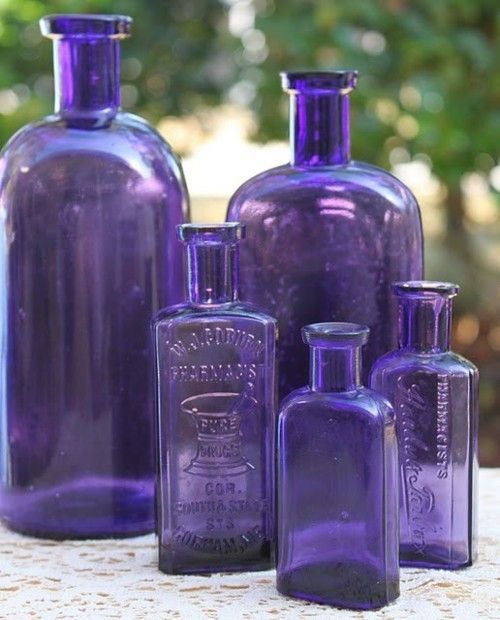
Collection of vintage purple bottles
453 notes
·
View notes
Text
Midden
There was no residential trash pickup in rural areas early in the 1900s. When Madeline and Earl lived here, from 1940-something to 1963, they had very little to throw away (packaging was not like it is now) and probably anything that could be burned was just tossed in the furnace. Glass, though, they had aplenty. Madeline stashed a truly bizarre number of glass jars (she really liked Heinz catsup, for some reason) in the basement. Glass she didn't want got hauled up in the woods and dumped. I could show you where - because it's all still there.

It doesn't look like a dump anymore, does it!

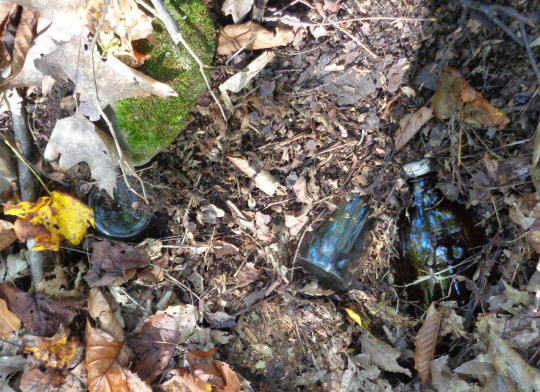
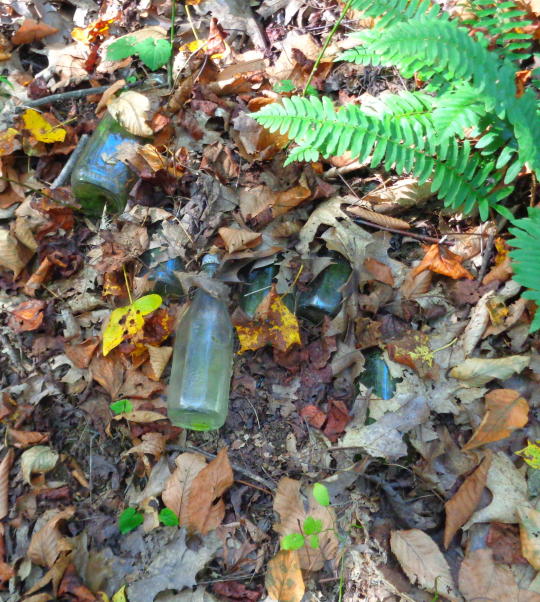
I don't know what it was about those octagonal catsup bottles. They must have eaten catsup by the cupful.
Sometimes the glass becomes a tiny greenhouse!

And sometimes there is just. A little guy.

To continue the story, recently I was walking the dogs there right after a rainstorm, when things were shinier than usual. I picked up a piece that looked like the bottom of a heavier bottle, only to find that it was an intact vintage canning jar lid, one of the reusable ones. I brought it home.
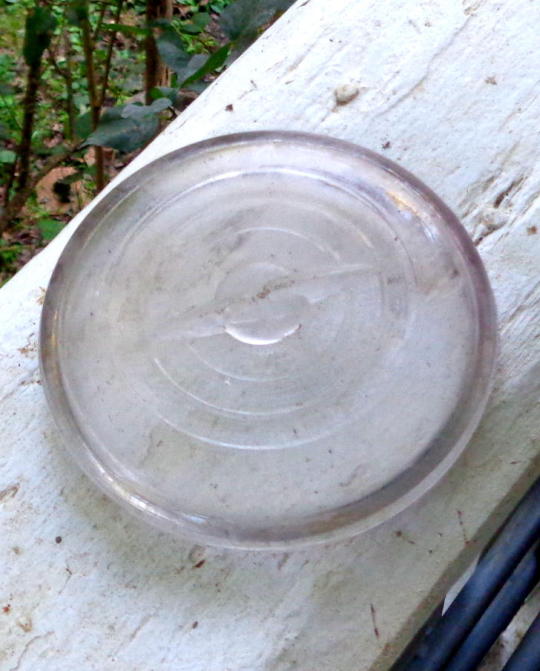

51 notes
·
View notes
Text
Reason to Live #9223
Collecting pretty little glass bottles. – Guest Submission
(Please don't add negative comments to these posts.)
#sad#help#hope#reason to live#depressed#depression#empty#alone#mental illness#anxiety#trauma#guest submission#mental health#pretty#glass#glass bottles#collection#collecting
55 notes
·
View notes
Text

#floral#flora#apples#manzanas#fruits#frutas#glass bottles#botellas de vidrio#table#mesa#flores#flowers#home decor#decoracion del hogar#autumn#fall#otoño
24 notes
·
View notes
Text
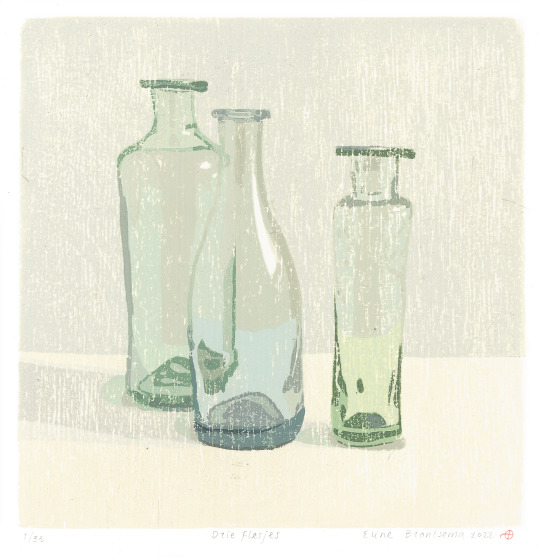
Three bottles - Eline Brontsema, 2022.
Dutch, b. 1988 -
Woodcut , 13.9 x 13.7 cm.
512 notes
·
View notes
Text
um I was doing the recycling and was gonna throw out a wine bottle
i dropped it
it shattered..
EVERYWHERE 😨
hopefully none got in me..
11 notes
·
View notes
Text

Last year I found Heisenberg Blue Cream Soda and Los Pollos Hermanos Horchata Soda, but look what just hit store shelves!!!
Hank may be known for his homebrew beer, but straight from the garage of everyone’s favorite DEA agent comes a brand new creation: Schraderbräu Orange Soda! Not to be outdone, Gus also has his own new flavor in the signature Los Pollos Hermanos Churro Soda! Finally, I can drink my Churro instead of getting cinnamon and sugar on my shirt! 🥤
#breaking bad#brba#better call saul#bcs#heisenberg#walter white#los pollos hermanos#gus fring#gustavo fring#hank schrader#schraderbrau#soda#orange soda#churro#churros#dean norris#soft drink#drinks#glass bottles#pop
10 notes
·
View notes
Text

@ pratikgupta
Enjoy our curated content? You can support us here.
#water#drink#drinks#bottle#bottles#glass bottle#glass bottles#vintage bottles#vintage aesthetic#kitchen#hydrate#hydration#curators on tumblr#li_fooddrinks
31 notes
·
View notes
Text
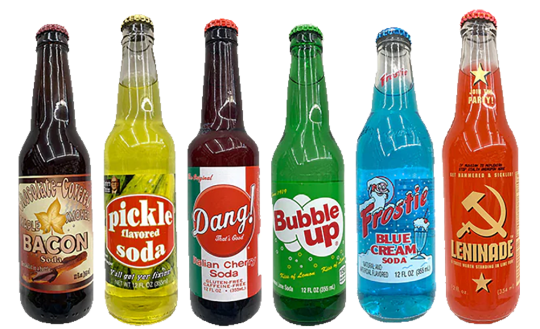
soda pop :)
#soda#soda pop#glass bottles#colorful#drinks#drink#transparent#transparents#png#pngs#vintage#aesthetic
18 notes
·
View notes
Text
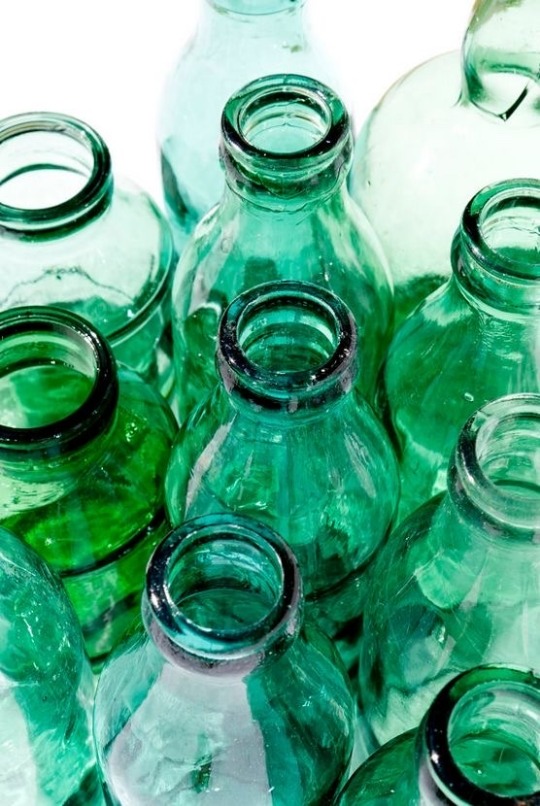
29 notes
·
View notes